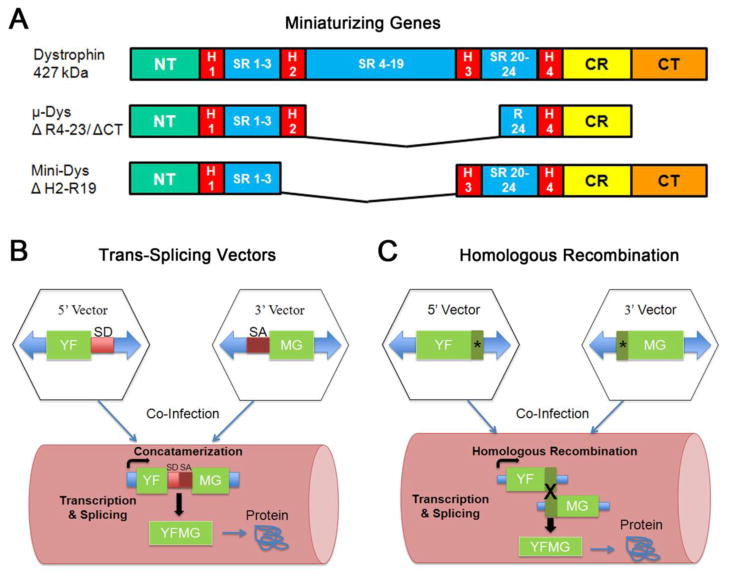Figure 1. Current strategies to deliver larger dystrophin genes for DMD.
The full-length dystrophin cDNA (~14kb) precludes the use of AAV using standard methods. Proof of principle studies using three different methods have now demonstrated feasibility for dystrophin replacement. (A) Mini and micro (μ) versions of dystrophin which have deletions in spectrin repeat regions and/or the C-terminus of the protein have shown improvement in pre-clinical studies. (B) A trans-splicing approach is a dual vector strategy in which the transgene cassette is divided in two whereby a splice donor (SD) site is added to the 5′ vector and a splice acceptor (SA) site is added to the 3′ vector. Upon co-delivery to muscle the vectors concatamerize and undergo splicing to generate a full-length transcript. YFMG (your favorite muscle gene). (C) A second dual vector strategy employs an overlap sequence that is shared by both vectors (*). Following delivery to muscle, homologous recombination between the two vectors occurs to generate full-length transcript.

